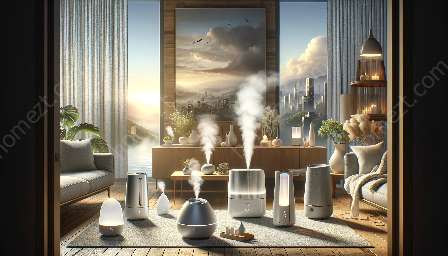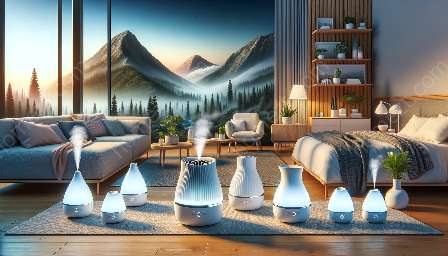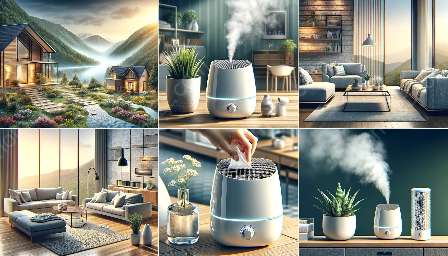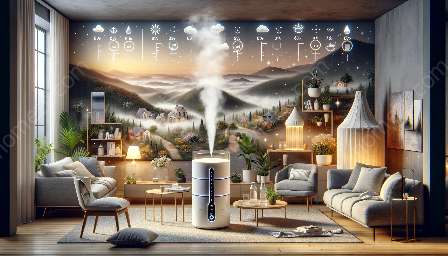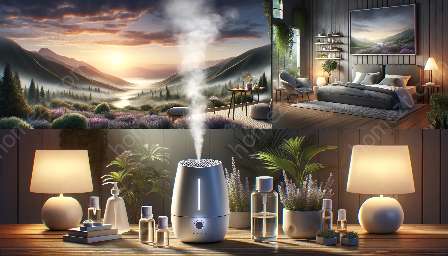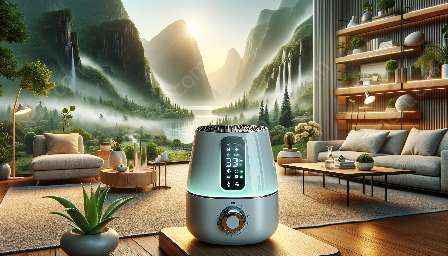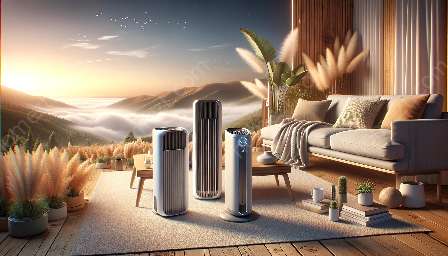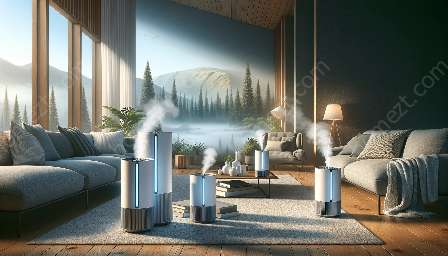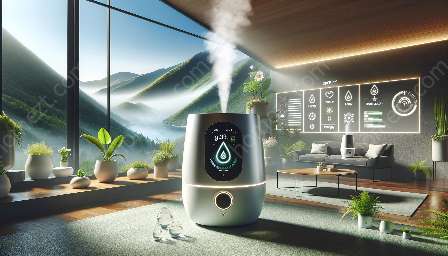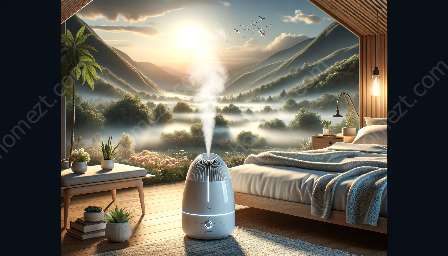A properly functioning humidifier can greatly improve the comfort and air quality of your home, particularly during the dry winter months. However, like any home appliance, humidifiers can sometimes experience issues that may affect their performance.
Whether you have a cool mist, warm mist, or ultrasonic humidifier, understanding common problems and knowing how to troubleshoot them can help you maintain the effectiveness of your humidifier and prolong its lifespan.
Common Humidifier Issues and Troubleshooting Solutions
1. Low Humidity Output: If your humidifier is not providing sufficient moisture, check the water level and the humidistat settings. Ensure that the water tank is filled, and the humidistat is set to the desired humidity level. Clean any mineral deposits or debris from the humidifier's components, as they can obstruct the flow of moisture. Also, consider placing the humidifier in a more central location within the room for better distribution.
2. Excessive Moisture: Conversely, if your humidifier is producing an excessive amount of moisture, leading to dampness or condensation in the surrounding area, reduce the humidity settings or switch to a smaller-sized unit for the space. Ensure that the room is adequately ventilated to prevent excessive moisture buildup.
3. Noisy Operation: Unusual noises such as rattling, buzzing, or gurgling can indicate issues with the motor, fan, or mineral buildup. Clean the interior components and the fan to remove any accumulated debris. If the noise persists, consider contacting the manufacturer for further assistance or professional maintenance.
4. Mineral Deposits and Mold: Over time, mineral deposits and mold can develop within the humidifier, affecting its performance and air quality. Regularly clean and disinfect the water tank, base, and other removable parts as per the manufacturer's instructions to prevent mineral buildup and mold growth.
5. Unpleasant Odors: If your humidifier emits unpleasant odors, it may be due to stagnant water or mold growth. Clean the unit thoroughly and consider using distilled water to minimize the development of odors caused by mineral deposits. Additionally, adding a few drops of essential oils to the water can help impart a pleasant fragrance to the emitted mist.
6. Leaking or Dripping: Leaks or drips from the humidifier can be caused by defective seals, cracks, or improper assembly. Inspect the unit for any visible damage and ensure that all components are properly seated and sealed. Replace any damaged parts or contact the manufacturer for repair options.
Maintenance Tips for Optimal Humidifier Performance
In addition to addressing specific issues, regular maintenance is essential for keeping your humidifier in top condition:
- Regular Cleaning: Clean the humidifier components, including the water tank, base, and mist outlets, at least once a week to prevent mineral buildup and mold growth.
- Water Quality: Use distilled or demineralized water to minimize mineral deposits in the humidifier. Filtered or purified water can also be suitable alternatives.
- Replace Filters: If your humidifier utilizes a filter, follow the manufacturer's guidelines for filter replacement, as dirty or clogged filters can hinder the unit's performance.
- Storage: Properly clean and dry the humidifier before storing it to prevent mold growth and odors. Ensure that the unit is stored in a dry, dust-free environment.
By understanding common humidifier issues and implementing effective troubleshooting and maintenance techniques, you can ensure that your humidifier functions optimally, maintaining comfortable humidity levels and improving the air quality within your home.

